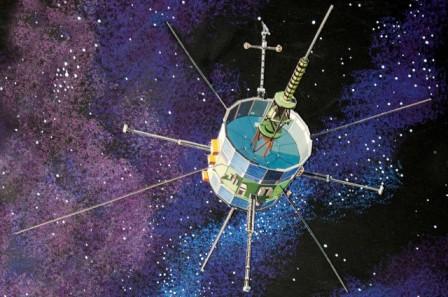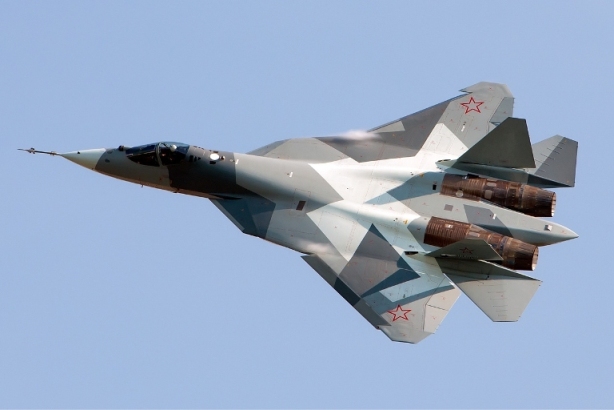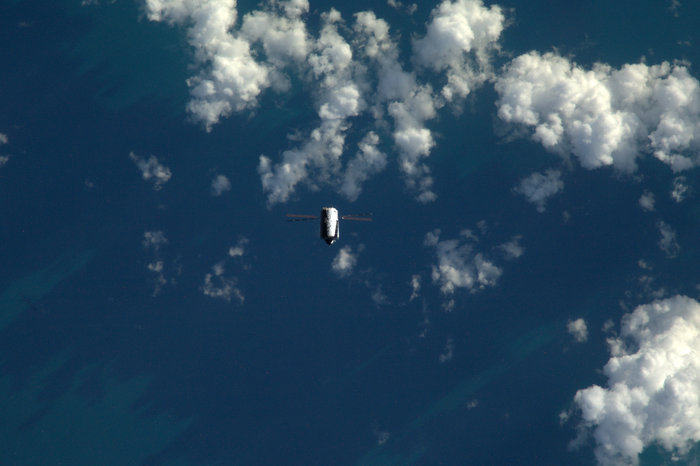
WASHINGTON (PTI): A vintage NASA satellite launched 36 years ago has completed a return visit to the Earth-Moon system before embarking into an orbit around the Sun.
The ISEE-3 spacecraft was launched on 12 August 1978 from Cape Canaveral on a Delta II launch vehicle.
A crowd-funded reboot of the spacecraft was carried and a failed attempt was made to put it into Earth's orbit.
The spacecraft made its closest approach to the Earth on August 9 and flyby of the Moon on August 10. Closest approach was 15,600 km from the lunar surface, 'Universe Today' reported.
With the lunar flyby, Skycorp Inc of Mountain View, California, with help from Google Creative Labs, has announced a revised mission for ISEE-3 to deliver science to the public domain.
ISEE-3 has marked several important milestones and achievements for NASA over the five decades in which it has travelled and monitored the particles and fields between the Earth and the Sun, the report said.
However, with NASA no longer interested in recovering the spacecraft, retired and active aerospace engineers began to exchange ideas with avid amateur radio operators around the world.
A team led by Skycorp resurrected the mission with help from a crowd-funding campaign.
NASA then handed over control of the spacecraft to the group, who were able to make contact with the satellite.
While ISEE-3 could not be recovered into an Earth orbit as hoped, it will continue its journey around the Sun and return to the vicinity of the Earth in 2029.
 Previous Article
Previous Article Next Article
Next Article













The Indian Air Force, in its flight trials evaluation report submitted before the Defence Ministry l..
view articleAn insight into the Medium Multi-Role Combat Aircraft competition...
view articleSky enthusiasts can now spot the International Space Station (ISS) commanded by Indian-American astr..
view article